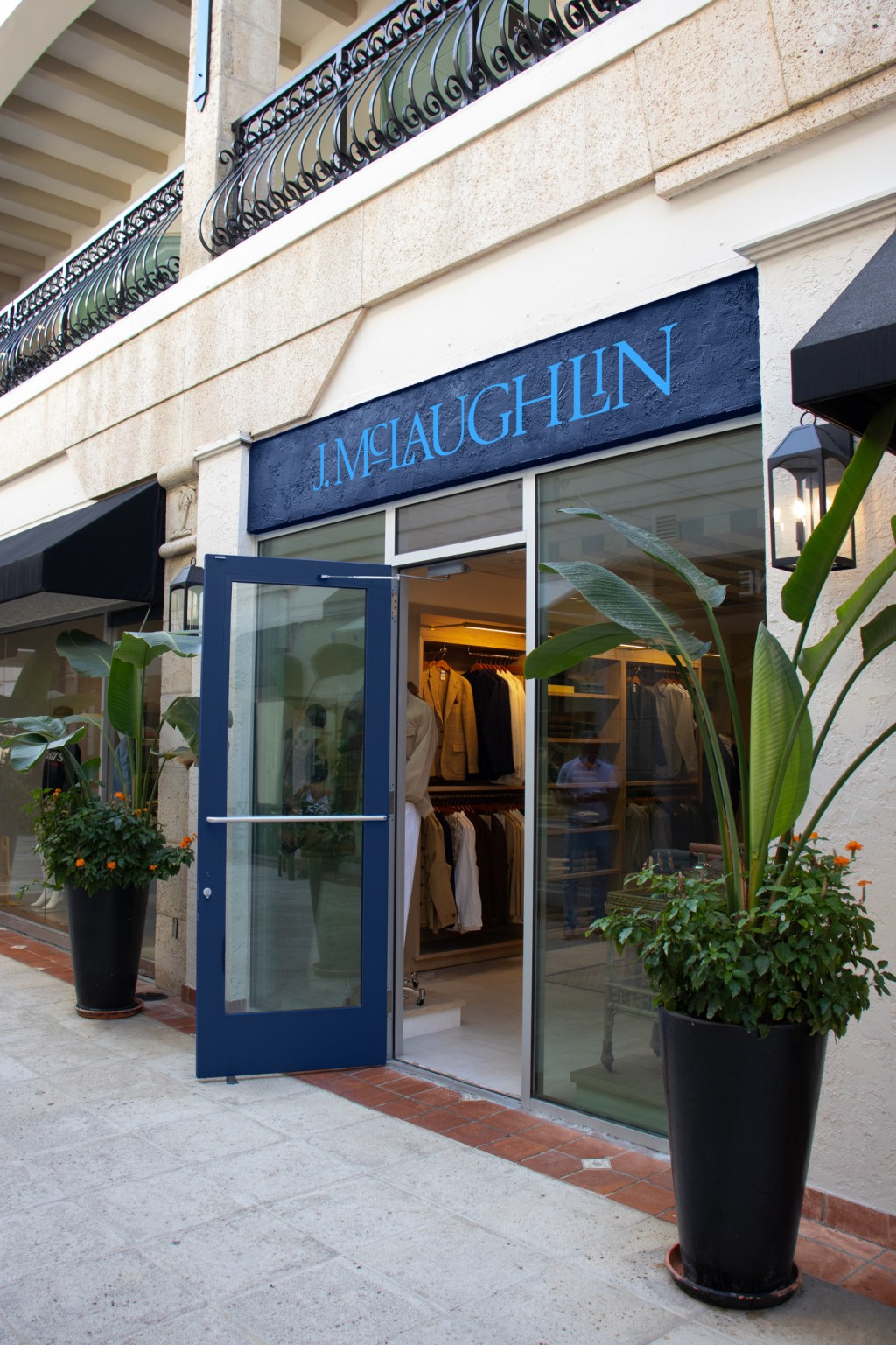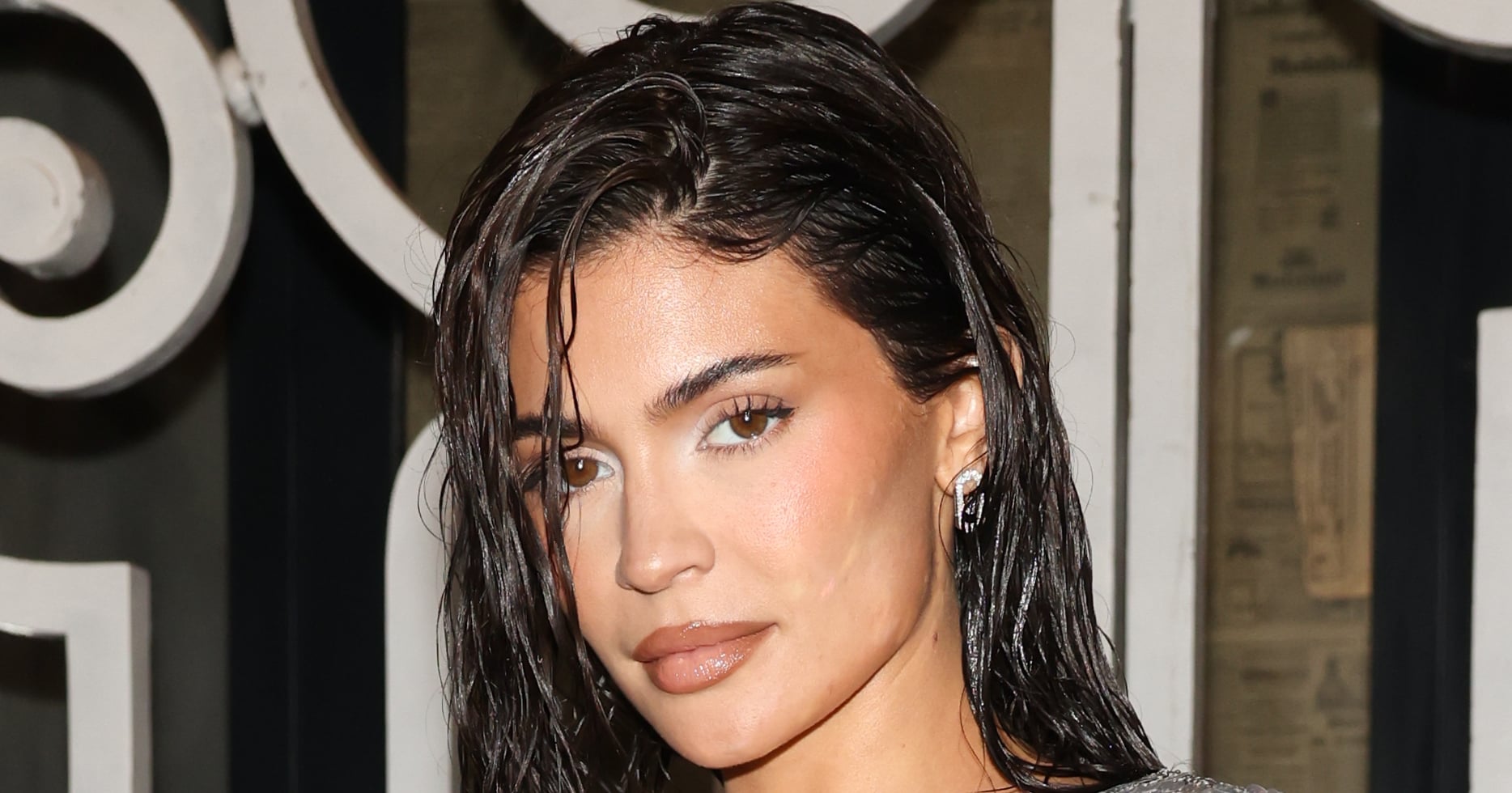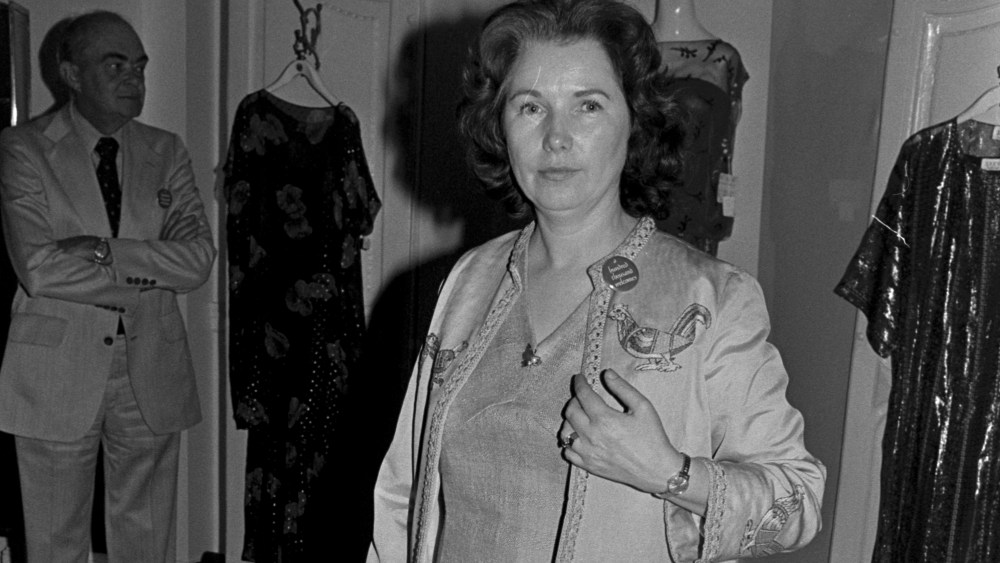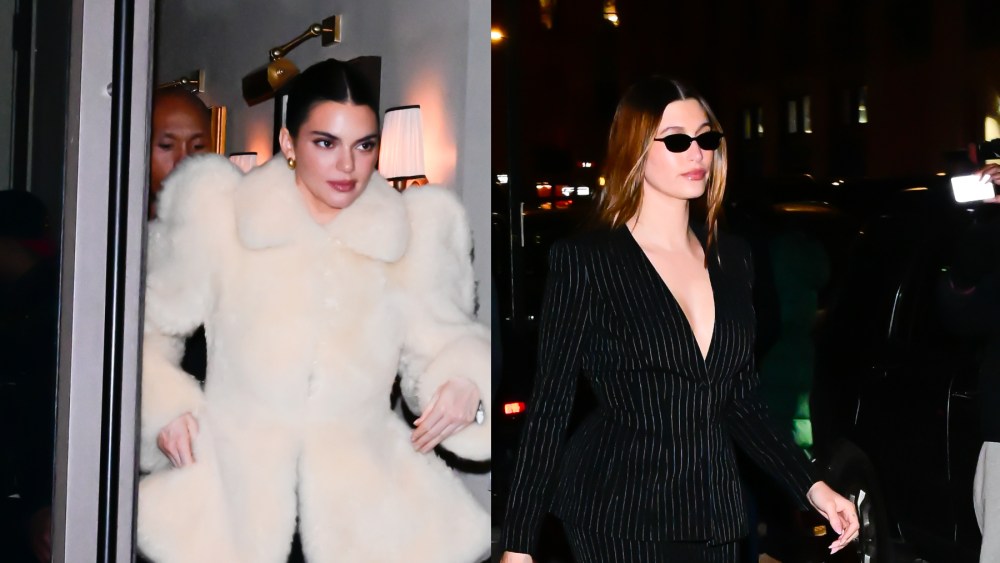At J.McLaughlin, menswear no longer needs to take a backseat to women’s.
Of J.McLaughlin’s total business, men’s is a small piece, well under 10 percent, but that’s about to change, according to executives from the company.
“Today men are more engaged with fashion than ever before and want to look relevant. We see a tremendous opportunity with men who want to look put together, elevated, and with a little bit of fun to it,” Mary Ellen Coyne, chief executive officer of J.McLaughlin, told WWD in an interview, along with Kevin McLaughlin, chief creative officer and cofounder of the brand.
On Thursday, J.McLaughlin opened a 488-square-foot men’s only shop at 150 Worth Avenue in Palm Beach, Fla., displaying a wider selection of men’s apparel and accessories, including the most recent product drop — the holiday 2023 collection and resort styles like linen shirts, novelty pants and shorts, sport coats and polos.
“The collection truly emulates what we’ve done in women’s in terms of a full lifestyle brand. Everything from the technical clothes for the golf course to linen shirts, conversational prints to beautifully tailored sport coats,” Coyne said. “What we’ve seen lately is success in our more tailored pieces. The sport coats and sport shirts have been terrific and we really leaned into that.”

In August, J.McLaughlin converted its Bridgehampton, Long Island, shop to men’s only. But the J.McLaughlin executives said the new Palm Beach site represents the brand’s first “true” men’s-only shop of the brand’s 170 stores across the country, Palm Beach is the only one originally conceived just for menswear. Though limited in space, the space feels airy, features midcentury lighting, soft gray floor-to-ceiling stripes, cerused oak cabinets, white and gray marble tiles, and ficus trees. Bridgehampton was more of a test to see how a men’s-only setting would be received, Coyne said.
“Men really dress in that town,” McLaughlin observed. “Palm Beach has a lot of evening activity and a lot of shopping.”
J.McLaughin’s other store in Palm Beach, a 1,500-square-foot unit at 225 Worth Avenue, has been converted to women’s only.
Depending on how the new men’s shop and menswear in general performs, J.McLaughlin envisions opening 10 to 20 men’s-only stores over the next few years, said Coyne. Men’s will have a higher penetration of the total business and will grow faster than women’s for awhile, but women’s will always be larger in volume, said Coyne. In the late ’90s, men’s represented as much as 25 to 30 percent of the business.
“It’s reasonable to get back to that,” Coyne said. “We believe it’s the right time for men’s and we know we have the right assortment.”
“Many people don’t know this, but when my brother Jay and I started J.McLaughlin in 1977, we actually began as a menswear business” with only a small focus on women’s, McLaughlin recalled. “Our background has always been men’s. But we gravitated to women’s because the turn was quicker, the margins were perhaps a bit better and there was this competition, be it for real estate in the store, be it for capital, be it for time developing and designing. And so we went with the ladies.“
Now, however, J.McLaughlin, with its classics with a twist, color and country club appeal, is devoting more resources, manpower and time to menswear, which for more than 20 years did seem more an afterthought than a priority. Additional pages in the catalogues and more real estate in the stores are being devoted to menswear. Over time, about 50 or 60 percent of the men’s business is seen being generated through stores; 40 to 50 percent online. About 75 percent of women’s sales are through the stores; 25 percent online.
J.McLaughlin, owned by the Brentwood Associates private equity firm since 2015, generates in excess of $200 million in annual sales. Coyne declined to comment on the possibility that Brentwood sells the brand.

Several seasons ago men’s designer Alexander Casertano was hired to help rebuild the collection. His history on Seventh Avenue includes stints with Yigal Azrouel, Todd Snyder at J. Crew, Alex Drexler on the launch of Alex Mill, and The Guidebook Co.
“He has an impressive resume of design work in menswear,” McLaughlin said. “He’s been working with us for about a year and a half. It takes time to really define where you want to be and then put the product in motion. It’s really only coming center stage right now.”
Men’s shoes, launched last fall, will be a bigger factor next spring with some style introductions, and accessories including belts, pocket squares and soon cufflinks “will be a more important part of the story,” McLaughlin said. The upgrading of accessories has been augmented through collaborations with companies such as Stubbs & Wootten and English shoemaker Sanders.
On the active side, men’s is “strongly rooted” in golf, McLaughlin said.
“In some of our stores, golf has a 12-month a year presence. We’re debating whether it remains in all of our stores on a continual basis. We’ve had great reception to the polo shirts, the windbreakers, and the technical pants and shorts,” with the attributes of wicking, drying quickly, UV protection and breathable fabric.
“In terms of menswear jackets and the shirting piece of it, we’re putting it together in a way that feels new. These are beautiful signature pieces we have that hadn’t been in the brand in a very long time,” McLaughlin said.
Talking trends, McLaughlin said the sport coat “almost moves into the outerwear classification, and becomes a fashion statement there. It’s now really the top layering piece. The tailoring has gotten softer and more relaxed. Frankly the technology of making a garment and sport coat has improved. You are able to create much more of an expression.”
He also cited more vibrant colors, fabrications that provide greater drape and depth of color and versatility so, for example, suit jackets and trousers can be worn as separates. “Pairing a colorful trouser with a cashmere turtleneck or taking the jacket from the suit and matching it with a white shirt and jeans is fabulous,” he said.
“There is a stability in menswear, if your styling is appropriate and correct and you provide the services there,” McLaughlin added. “The menswear customer is extremely loyal and extremely steady. They do not shop with the diversity of the woman shopper and so although it may not be as exciting a business or as fast to turn, there is a stability around men’s, be it from the customer base and from a fashion perspective, it doesn’t change that radically. The requirements for newness are not quite as stringent.”
Asked why open men’s-only stores now when heretofore J.McLaughlin’s brick-and-mortar has always been dual-gender, McLaughlin replied: “Women’s is so strong — it dominates all of our existing stores. It owns most of the real estate. Men’s is relegated to three, four cabinets, one corner. It’s been difficult to tell that story. I have found over the years that smaller, more intimate men’s store, in a clubby sense, is the best formula. It’s difficult to accomplish that in the atmosphere of our current stores.”
“It’s a very different experience when the customer has to walk through all of the women’s clothes to get to the men’s fixtures,” Coyne added. “So this is really about how do we give our male client exceptional service the way we do in women’s. A gentleman is more comfortable in his own environment.”

The J.McLaughlin look.



